Features of the rod-shaped willow and the subtleties of its cultivation
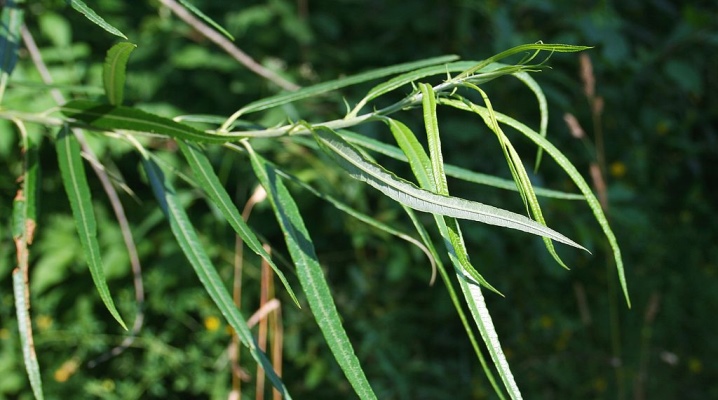
Willow is a plant with a variety of species and forms, most of which grow in regions with cold climates, but some trees are also found in the tropical zone. The rod-shaped willow is used as a material for wickerwork and is perfect for decorating plots. What you need to know in order to grow a basket willow, we learn in the article.
Description
The rod-shaped willow in its appearance resembles a shrub with a developed crown and branched shoots, reaching a height of 2-6 m. It can also look like a rather tall tree (up to 10 m) with a large amount of green mass (up to 8 m).
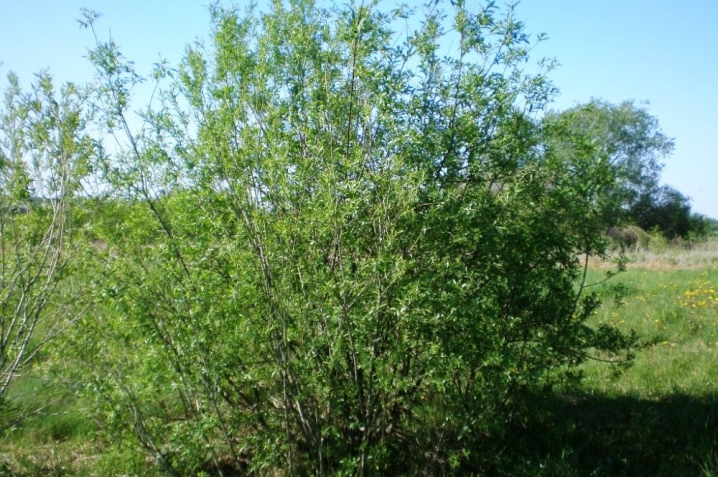
Its long elastic branches are an excellent material for weaving furniture, decorative rugs, baskets, boxes and caskets. The culture is often grown for the purpose of creating landscape ensembles, hedges, valuable tannins, tannins and salicin are obtained from its bark. In livestock farms in Yakutia, livestock are fed with leaves and young branches. Thick woody vines are used to make fences.

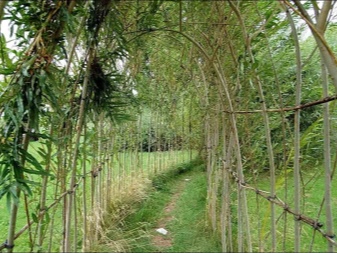
The tree belongs to the willow family, the Malpighian type and has characteristic features in appearance.
- Straight trunk with bare wood, free from sagging and other defects.
- Easily bending rod-shaped branches. Lateral shoots spread horizontally, spread along the ground. The basket willow has lanceolate leaves with short petioles and a pointed tip 10 to 15 cm long. Young gray leaves are covered with light fluff, adults gradually acquire a green color, are distinguished by a matte surface, and on the reverse side they are silky to the touch.
- Fresh narrow leaves bloom in spring, in April, at the same time golden inflorescences appear. Flowering occurs before the blooming of the main leaves. Fluffy yellow catkins, pistillate and staminate, have the shape of an egg and a cylinder and exude a barely noticeable delicate aroma, their length is from 3 to 6 cm.
- Ripening in May, they turn into a box - a fruit, the length of which is about 5 mm. In some species, the ripening time is slightly different, and the fruits appear in June.
Vine willow is a light-loving plant, but it easily tolerates shade. The high winter hardiness of this plant is well known. In addition, the deciduous shrub grows rapidly, adding 50-150 cm per year.
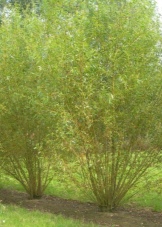
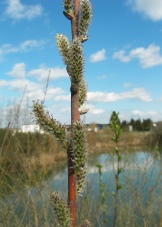
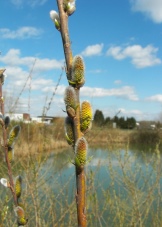

Landing
Basket willow as an ornamental shrub can be grown on your own plot if planted correctly. You can also replant young trees.
The plant is quite unpretentious and grows equally well on different types of soil, but prefers loamy and sandy loam soils with a slightly alkaline or neutral environment. The presence of groundwater does not negatively affect the willow.
Landing is carried out taking into account a number of rules.
- If the tree is planted with an earthen lump, the size of the hole should exceed the size of the coma by 40 cm.In the case when it is necessary to plant a bush with bare roots, a square hole 50x50 cm is pulled out.
- A soil mixture based on rotted manure, peat and soil is placed at the bottom of the ditch. River sand is added to the clay soil.
- Nitrogen fertilizers, necessary for the successful development of willow, are thoroughly mixed with the soil mixture.
- Seedlings with an open root system are planted mainly in March-April, while plants with an earthen clod can be planted from April until October.If planting is carried out in the autumn, then the leaves are first removed. Do not plant species with low winter hardiness before winter, this can lead to the death of plants.
Particular attention should be paid to the placement of the roots - it is advisable to handle them carefully, trying not to injure, placing them too closely.
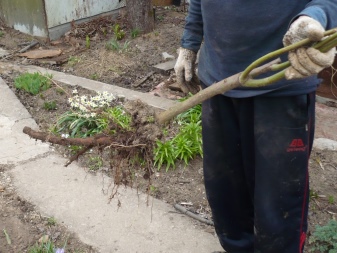
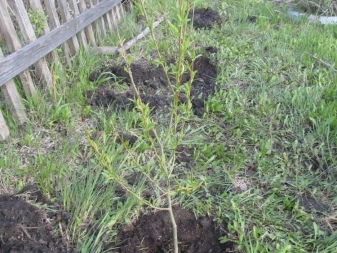
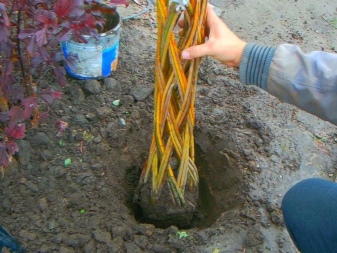

In cases where verbolosis is intended to create a hedge, first mark the location of the trench on the site, then make sure that all plants are in a strictly vertical position, 60 cm apart. After being placed in the ground, the willow tree circles are covered with soil so that the trees are in a stable state. On hot days, it is better not to plant in order to avoid overdrying the roots.
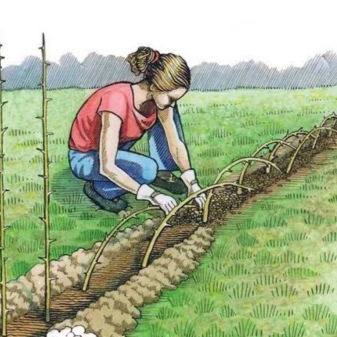
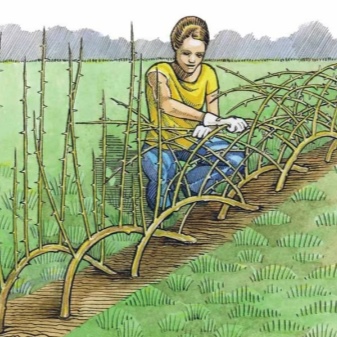
Care
After planting, the seedlings need irrigation, fertilization and periodic pruning to maintain a beautiful crown shape.
Let's list the main activities.
- Regular watering, especially if the weather is dry. Willows need to be watered once a week, using up to 50 liters of settled water for each bush, with an average air temperature and the presence of precipitation, trees require a single watering every 14 days.
- Fertilizers are applied in spring, summer and August. In the spring and during the summer - these are mineral (complex) dressings, at the end of summer - potassium sulfate and phosphorus-containing compounds.
- Since the abundance of rain can cause dark spots on the leaves of the willow, the plants are sprayed with fungicides diluted in water and copper oxychloride.
- The near-stem zone of willow trees must be periodically cleaned of weeds and wild growth, timely removal of fallen leaves that can form dense layers that prevent moisture and air from entering the soil.
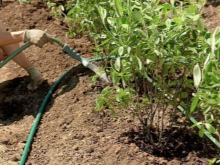
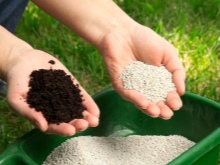

For the winter, varieties that are unstable to cold and prone to freezing should be covered.
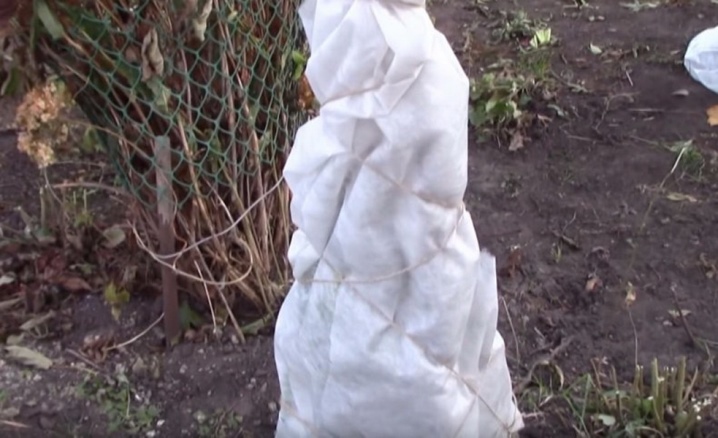
Application in landscape design
Frost-resistant, wind-resistant willow, as a rule, is planted along the banks of artificial and natural reservoirs, in addition, its root system helps to protect the slopes from destruction. Near the water, a shrub with silvery-green foliage looks especially impressive and does not require additional decorative elements - it is quite enough that the land next to the plant was densely sown with low or mown grass.

Basket willow can be planted:
- near the playground;
- on lawns with borders, along with beds of bright garden flowers;
- along a straight garden path at a distance of 1.5-2 m to create a picturesque shady tunnel - growing willows will close their crowns;
- only two trees can decorate the entrance to the garden plot, because over time they form a spectacular green arch.
Even one lonely willow, surrounded by other ornamental plants, can become a wonderful decoration of the territory, since it has a unique beauty and aesthetics of its appearance.
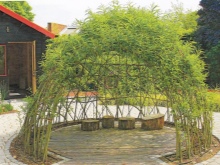
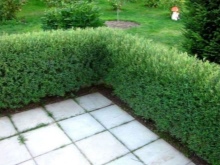
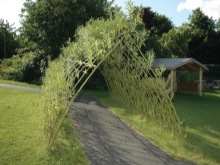
For information on how to weave a willow hedge, see the next video.



































































The comment was sent successfully.